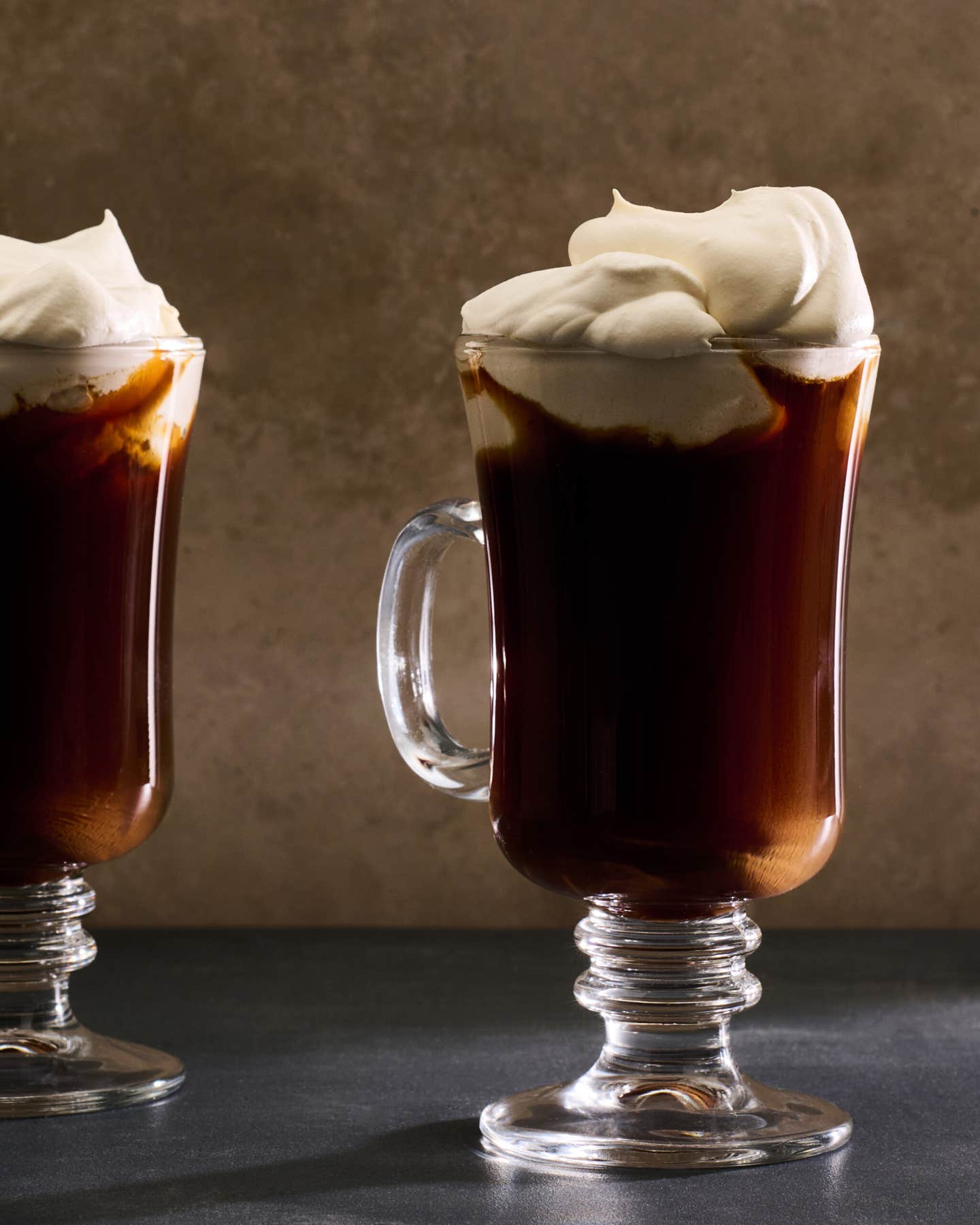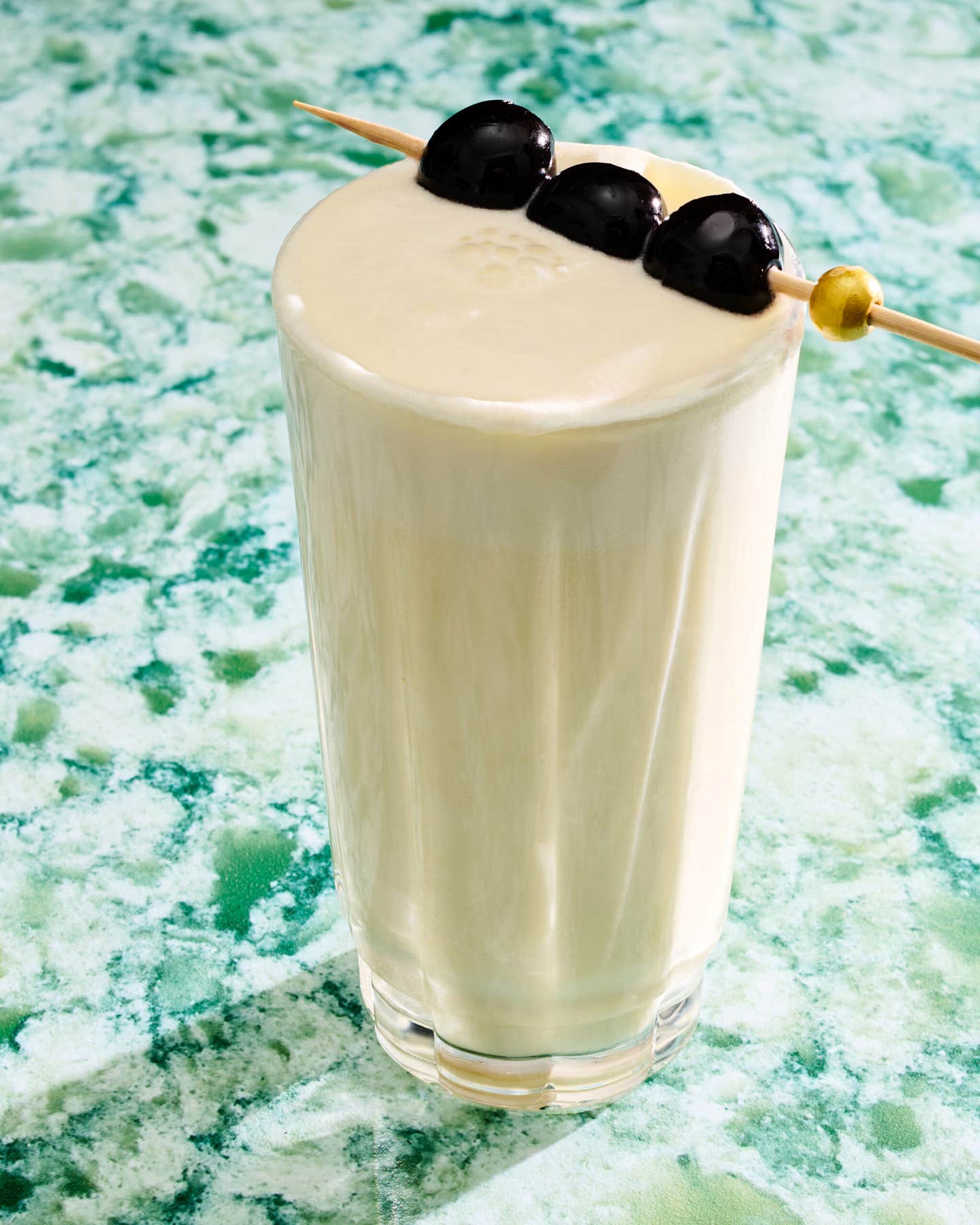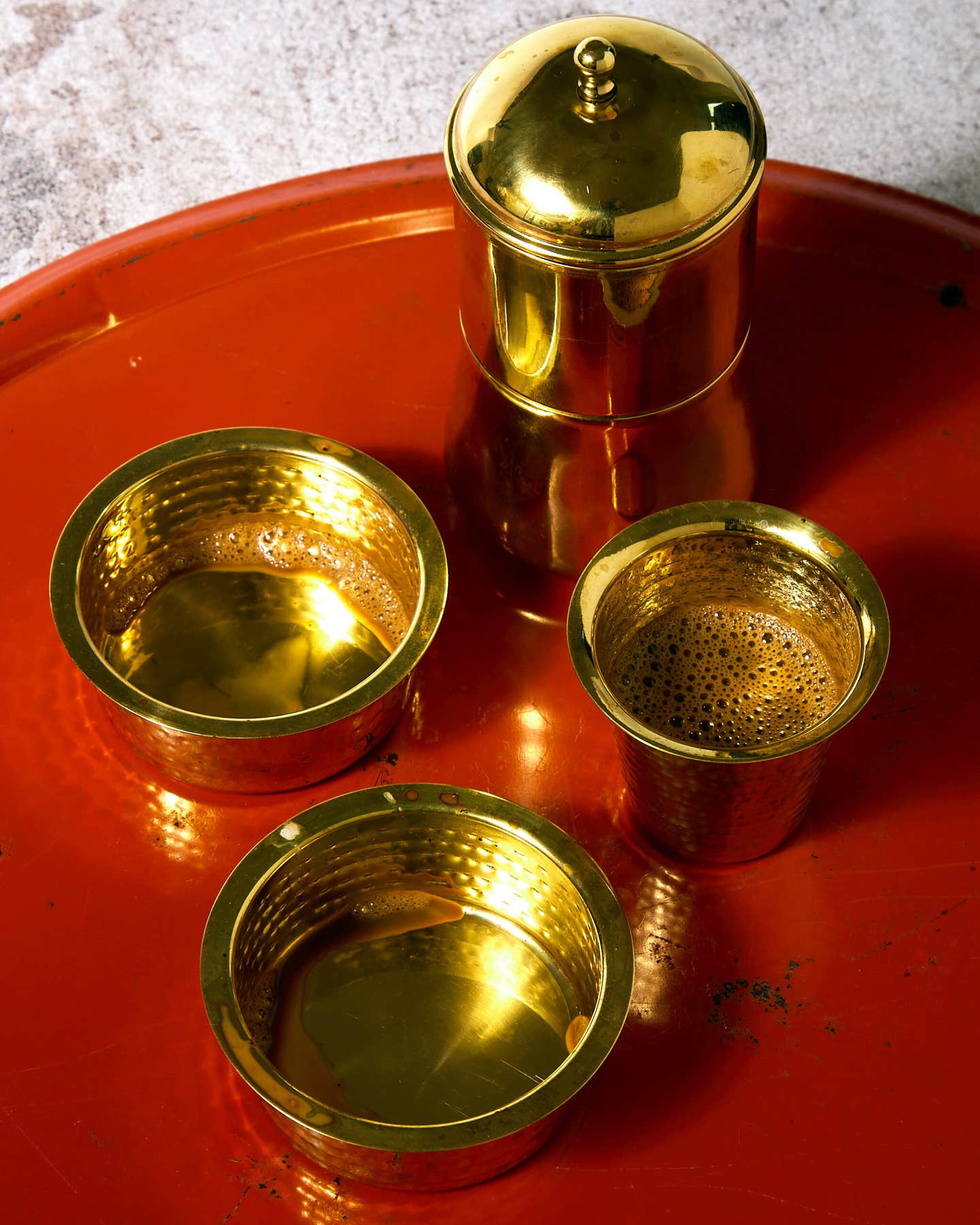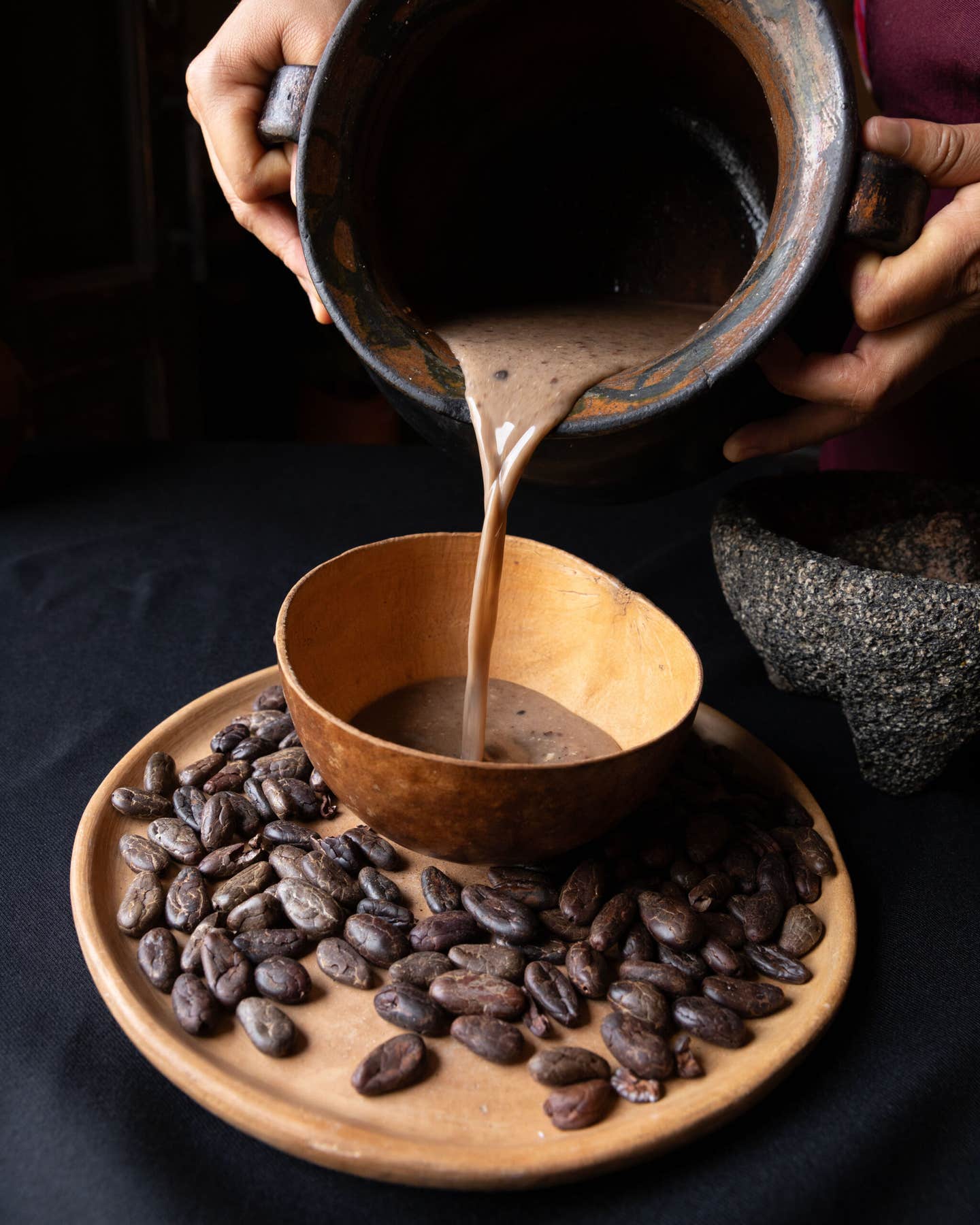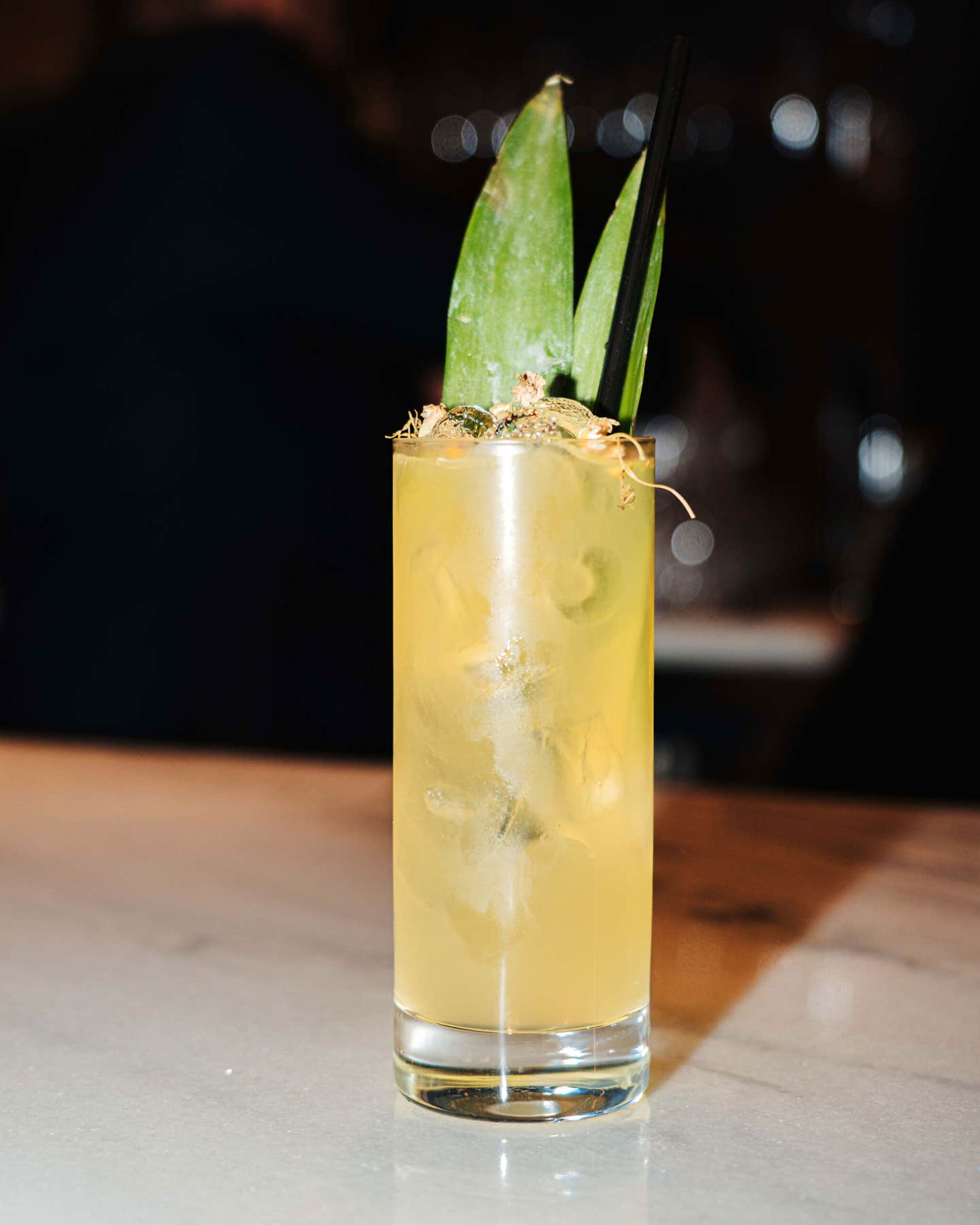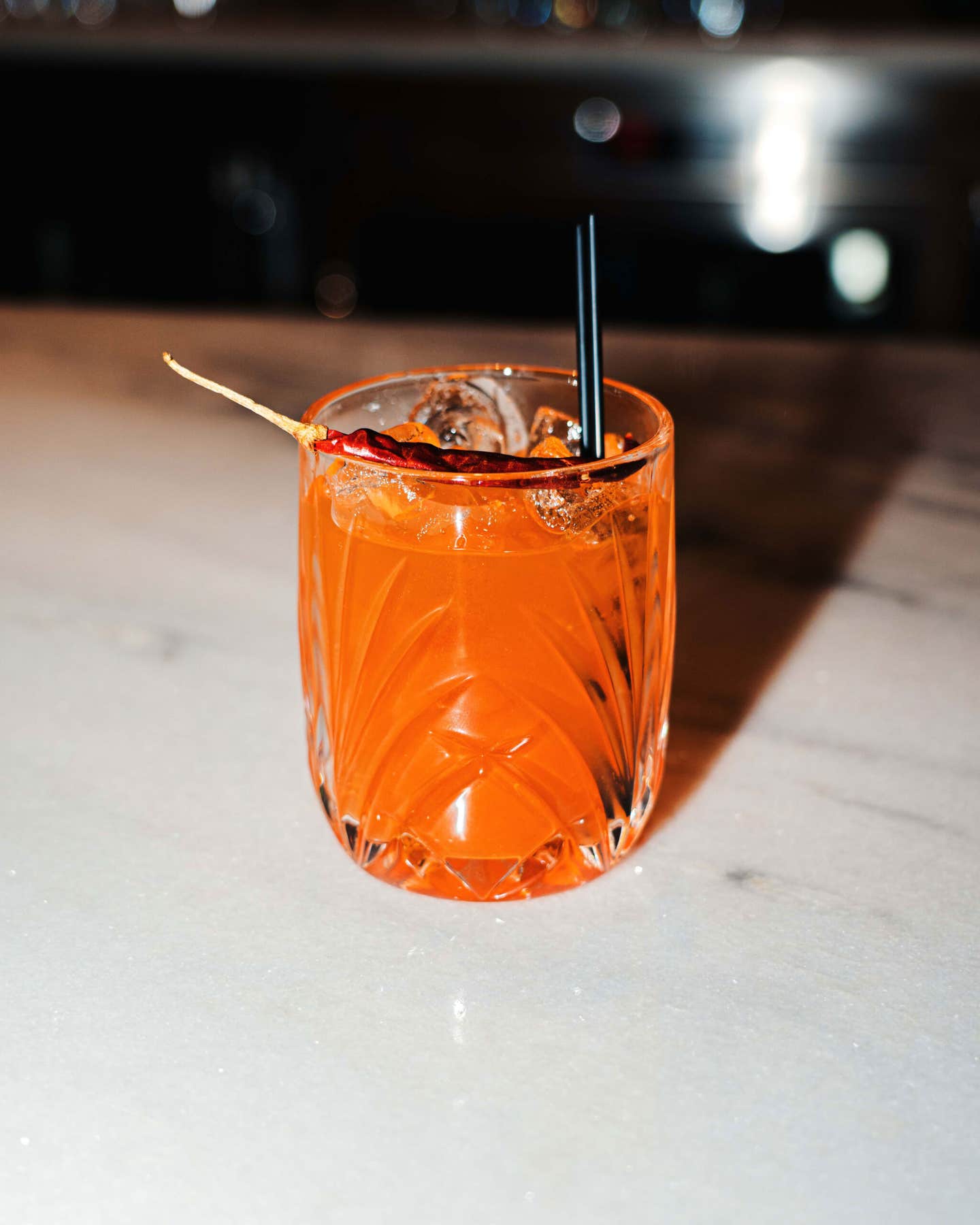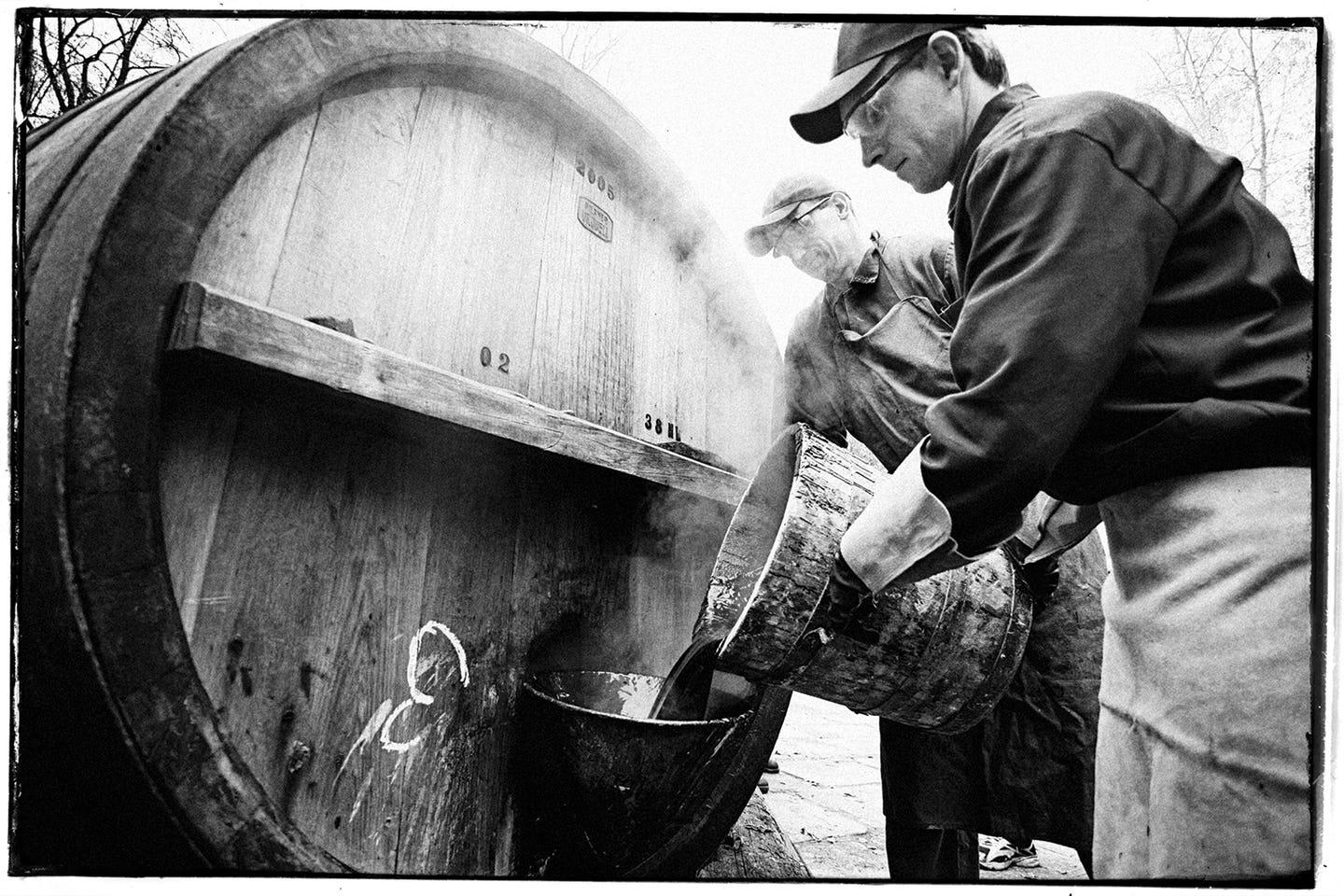
It may be the world's most omnipresent beer, but in my mind, pilsner still merits attention. Ripe with a floral, bitter flavor and a hint of sweetness, it's also low enough in alcohol that I can have more than one or two. So strong is my passion for it that, last summer, I made a pilgrimage to the lager's birthplace.
Located west of Prague, the city of Pilsen in the Czech Republic bursts with taverns serving pilsners, including the world's first—Pilsner Urquell. At Šenk Na Parkánu, a pub decked out with brewing memorabilia, the sunrise-gold brew was crowned by meringuelike foam. Unlike the bottled Pilsner Urquells I'd had in the States, this was unfiltered, and the sediment added yeasty tang. I gulped countless glasses, each revealing why pilsner won over the world.
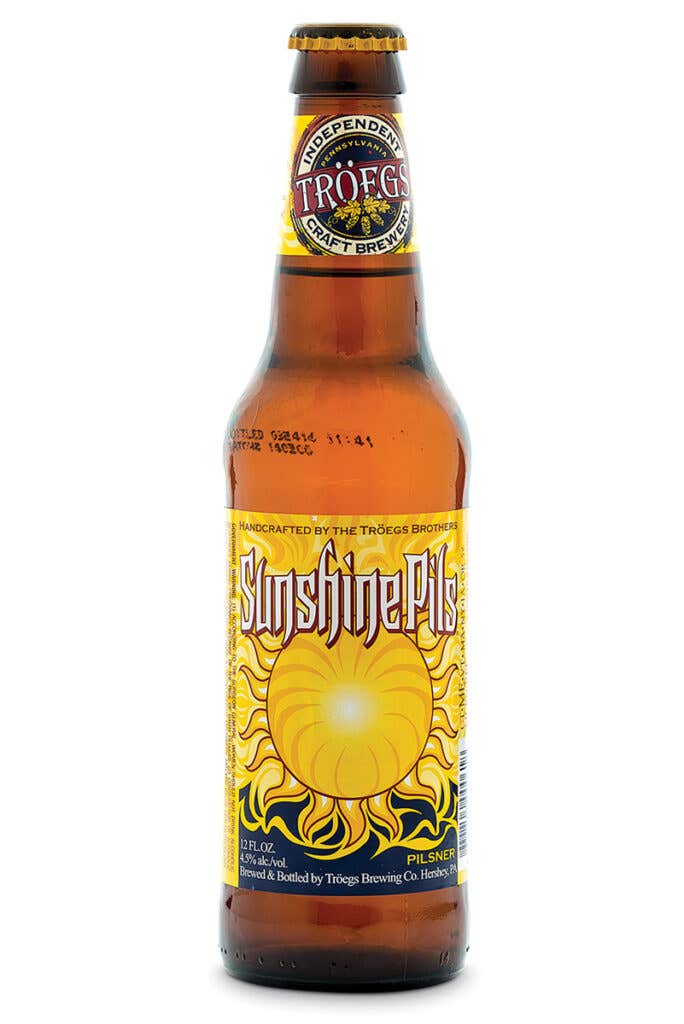
In the early 19th century, most beer was ale, and it was dark, hazy, and prone to spoilage, the result of fire-dried grains and roller-coaster fermentation temperatures. Seeking to improve their brew, the citizens of Plzeň, as it's known in Czech, built a new brewery; dug caves for the slow, chilled aging essential to lager; and, in 1842, installed a forward-thinking Bavarian brewer named Josef Groll. He used spicy native Saaz hops, cold-fermenting German lager yeast, and—key to pilsners' golden color—pale malts, the product of sophisticated new kilning techniques, to create Pilsner Urquell, with the apt German name of “original source.”
Today about 90 percent of the world's beer is derived from Groll's pilsner, including popular brands like Budweiser. Many have been declawed for mass appeal, leading to pilsners as nuanced as tap water. Thankfully, modern craft brewers have started branching out from the fast-fermenting ales they made when they were starting up in the 1990s. Outfits like Pennsylvania's Tröeg's Brewing Company and Washington's Chuckanut are taking the time to brew pilsners with real flavor.
There's also renewed interest in the Czech Republic. In the Bohemian Forest, the 278-year-old Pivovar Kout beer works was shuttered in 1969, but nearly 35 years later a former employee revived it, focusing on the unpasteurized, unfiltered, and painstakingly produced pilsners once common in the 19th century. The result is a complex and lively beer that I would drink all day—if I could; the beer reaches the U.S. only in dribs and drabs. That's fine by me, though. It's an excuse for a return trip to Pilsen.
Tasting Notes
Tröegs Sunshine Pils_ ($2/12 oz.)_ The Pennsylvania brewery's glowing lager has a snappy, grassy bitterness.
Chuckanut Pilsner_ ($4/16.9 oz.)_ Washington's bitter pride and joy offers a lovely floral bouquet.
Jack's Abby Sunny Ridge Pilsner ($9/six-pack of 12-oz. bottles) This unfiltered Massachusetts pilsner matches the aroma of fresh-cut grass with a bone-dry finish.
Victory Prima Pils ($2/12 oz.) Whole-flower Czech and German hops lend a persistent bitterness and a zesty, herbal aroma to this brisk pilsner.
Pilsner Urquell_ ($4/16 oz.)_ The granddaddy of Pilsen brewers ships its fresh hoppy export in refrigerated containers within 30 days of bottling.
Czechvar ($2/11 oz.) The Czech pilsner's long lagering period—more than 90 days—lends smooth balance to its bitterness. Konrad 11° Svetlý Ležák ($3/500 ml) After the Liberec brewery closed in 1998, workers reopened it. Well water and locally grown hops help this flowery pilsner stand apart.
Keep Reading
Continue to Next Story



